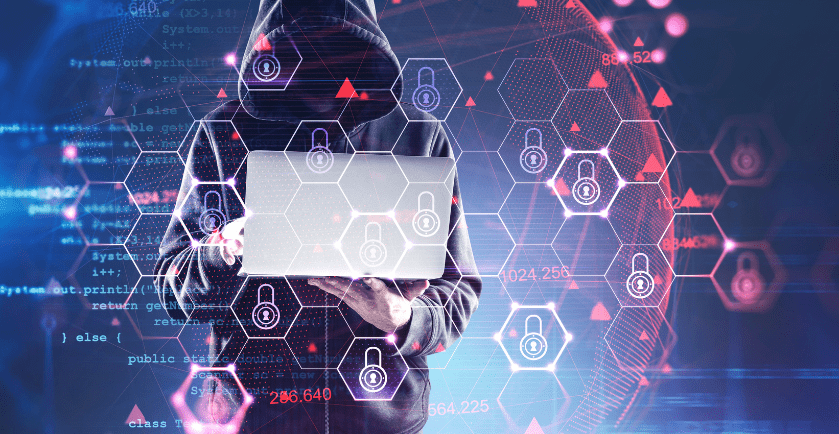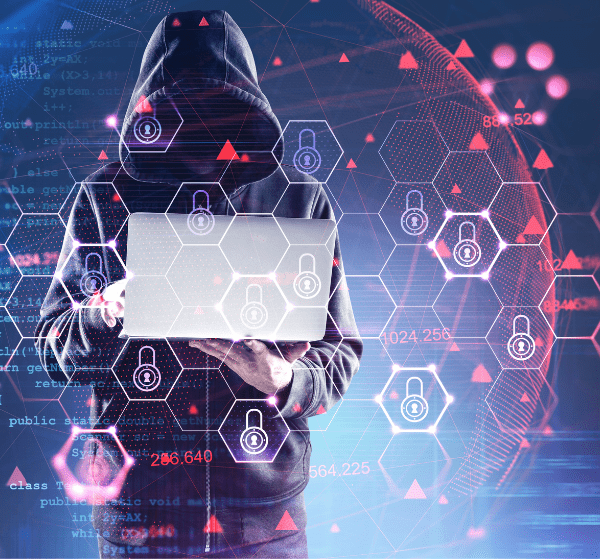Artificial intelligence (AI) is becoming more commonplace in the modern world. From healthcare and education to transportation, AI is revolutionizing the way we live. However, with this increased reliance on AI also comes increased risks to cyber security. In this blog post, we’ll explore some of the main cybersecurity risks associated with AI.
In order to understand these risks, it is important to first understand how AI works. AI is a subcategory of machine learning and essentially involves training computers to perform tasks that humans would normally do, but at a higher level of accuracy and efficiency than a human could manage. For instance, an image recognition algorithm may be trained to recognise whether or not an image contains a dog or cat by showing it thousands of images of dogs and cats along with images that don’t contain either animal. The algorithm then learns what features make an image look like one animal over another.
While artificial intelligence could be used for malicious purposes, such as creating fake news or spreading propaganda, there is also a risk that it could be used to automate cyber attacks, making them more sophisticated and difficult to detect.
AI may be used to intentionally attack your network or systems. This could be done through a variety of means, including remotely accessing your systems through automated form submission or by tricking users into downloading malware-laden files.
AI may be used by hackers to learn more about you and use this information against you in some way. For example, if a hacker were able to get hold of sensitive personal information such as credit card details or social security numbers, they could use it for identity theft purposes. They could also use it for blackmailing purposes by threatening to reveal this information publicly unless certain demands are met (such as payment).
Another risk associated with AI is that it could cause physical damage via cyber attacks on physical infrastructure such as power grids or transportation networks; not only would this cause significant financial losses but it could also result in loss of life if people
To reduce the risk of cyber-attacks and other vulnerabilities, organisations should take steps to ensure the security and transparency of their AI systems. This can include implementing strong security protocols and regularly testing and updating the systems to ensure they are secure. It’s also important to ensure that the data used to train AI systems is protected and that individuals’ privacy is respected.
If you have any concerns about the security of your IT systems please get in touch and Two Point Zero will be happy to help!


